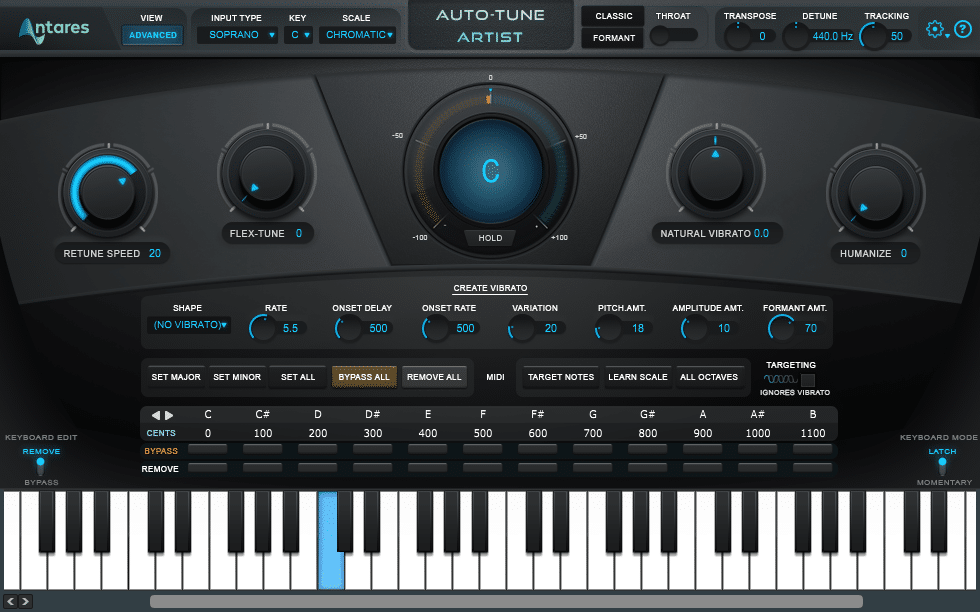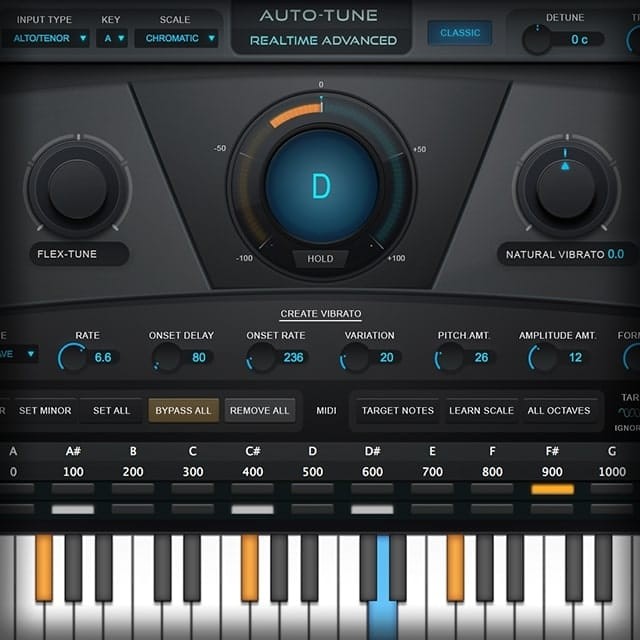
The GUI can now also be switched between Light and Dark modes, to match your personal preference or the current lighting conditions. Assuming you have the screen real estate available, squinting to see Auto‑Tune’s finer details is a thing of the past. For example, the plug‑in window is now fully resizeable and its high‑resolution vector‑based graphics scale perfectly. Fresh TuneĪntares have made a number of changes to the GUI. It’s already both flexible and impressive, and the quality of the underlying pitch‑shifting can be very transparent if ‘invisible correction’ is your aim, though there’s still plenty of scope for more obviously creative effects. It provides a sophisticated graphical interface with very useful visual feedback and all the tools needed to fully finesse your vocal’s pitch (and timing, if required) in the finest of detail. Graph mode lets you dig considerably deeper, and offers far more precise control. That control set has been expanded over the years, and now offers considerable flexibility, especially when you dip into the Advanced view, as well as a low‑latency configuration to allow for live pitch‑correction effects (obviously the latency of your audio interface must also be taken into account).Īuto mode’s Advanced panel has been redesigned for Pro‑X and provides further options for easy adjustment of Vibrato and Scale settings.

So there remain two main modes of operation, called Auto and Graph.Īuto provides the familiar ‘auto‑tune’ insert process/effect, its carefully chosen control set enabling you to apply just as much automatic pitch correction as you desire. And while there are certainly improvements, this latest release takes a similar approach to what’s gone before, and can best be viewed as an evolution of the already impressive feature set. We’ve reviewed several iterations of Auto‑Tune over the years, including the first to be given the ‘Pro’ suffix in SOS October 2018. Does it offer anything your DAW doesn’t already? Let’s find out. Nonetheless, Antares have continued to refine Auto‑Tune and expand its capabilities, as well as embedding the algorithms in various hardware products, and recently the company released Auto‑Tune Pro‑X, the latest iteration of the software/plug‑in version.
#AUTOTUNE PRO OFFLINE#
Its name quickly made the transition from proper noun to popular verb! Of course, it’s now far from the only game in town, and competition has increased to the point that both real‑time and offline pitch‑correction processors are bundled with most serious DAW software. It’s hard to underestimate the impact that Antares’ Auto‑Tune had on the world of music production when it was launched in 1996, when it broke the link between pitch and time changes, made pitch correction quick and convenient - and created the warbly ‘Cher effect’ that’s been used by countless other artists since.


We check out Antares’ latest fine‑tuning of their flagship product. Pro‑X lets you dig very deep with your pitch correction, but its Auto mode helps keep things incredibly simple.


 0 kommentar(er)
0 kommentar(er)
